Everyone's Talking about Skills-based Organizations
How Talent Acquisition Teams can be a Catalyst for Change

The period of massive technical advancement we know as the Industrial Revolution took off over 250 years ago. So, it’s extraordinary to think that the way we organize work has not really changed in all that time. Many of today’s organizations still evaluate and perform work along strict role-fulfilment lines. That’s just the way it has always been done.
Today, the global scarcity of talent is propelling urgent change. Technological upheaval, economic uncertainty, ageing populations, and dwindling birth rates are creating the conditions for creative solutions. Some business leaders and industry experts are working with a new operating model as a result: one that focuses on skills.
Deloitte estimates around 15-30% of organizations are currently disrupting workforce and talent structures in this way.1
But switching to a new way of working after centuries of established hiring patterns is no easy feat. Talent Acquisition teams are in a unique position to be a catalyst for change but enabling a skills-based transition has major implications for hiring practices and the organizational structures they’re embedded in.
So, how can this transformation be achieved?

Sculpted around skills.
There’s no harm in summarizing what we mean by skills-based organizations for the purposes of this article.
Under the standard, legacy structure, work is organized by roles in a functional hierarchy with a clear scope, remit, and accountabilities. A skills-based approach dismantles this and packages work around the skills needed, opening up opportunities for professionals to transcend the organizational silos of roles and tasks. Work is broken into meaningful chunks and employees with the relevant skills and capabilities are used to fulfil it in a fluid and agile way.
People feel empowered to unlock their potential, helping organizations grow the skills they need to stay competitive.
But moving to a skills-based requires seismic change. And while some businesses have begun to introduce elements of this model into their day-to-day processes (either in defining skills ontologies or within distinct talent practices, such as workforce planning, or performance management and learning and development) this approach is far from widespread.
Ultimately, the journey towards building a skills-based organization will need pilots like these in certain business functions before such a significant business-wide change can be achieved.
The case for change.
Organizations that have taken steps towards being skills-based are reporting positive outcomes. According to Deloitte organizations are:
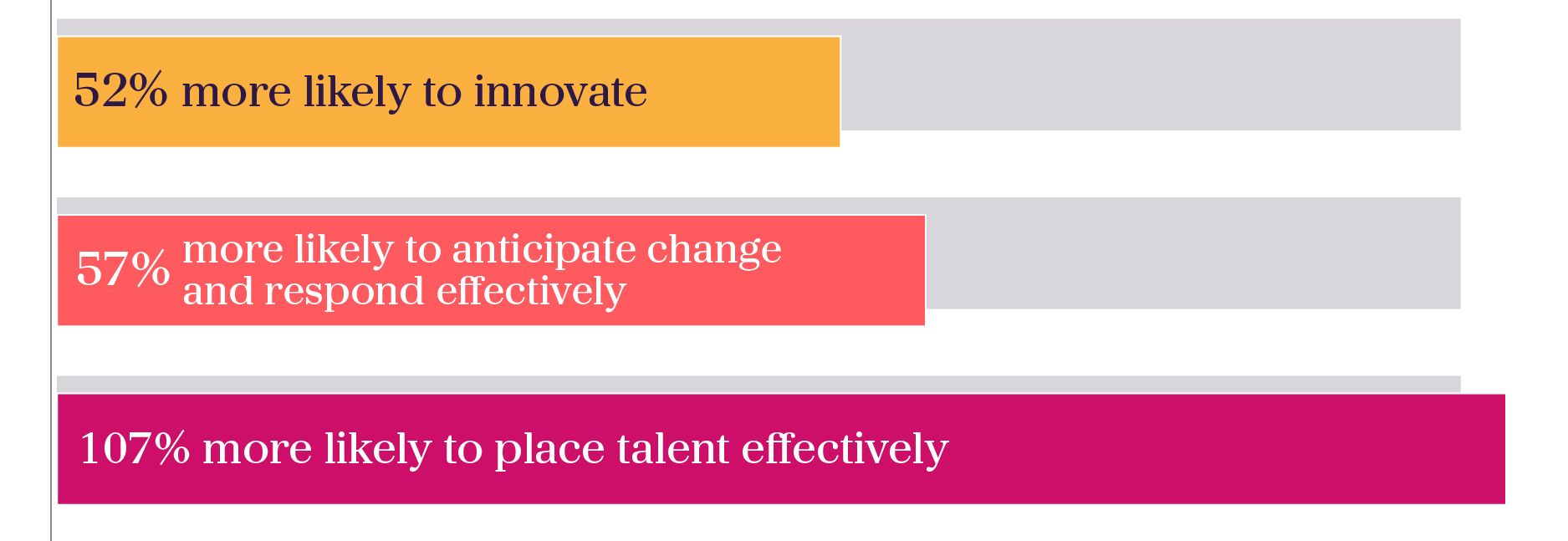
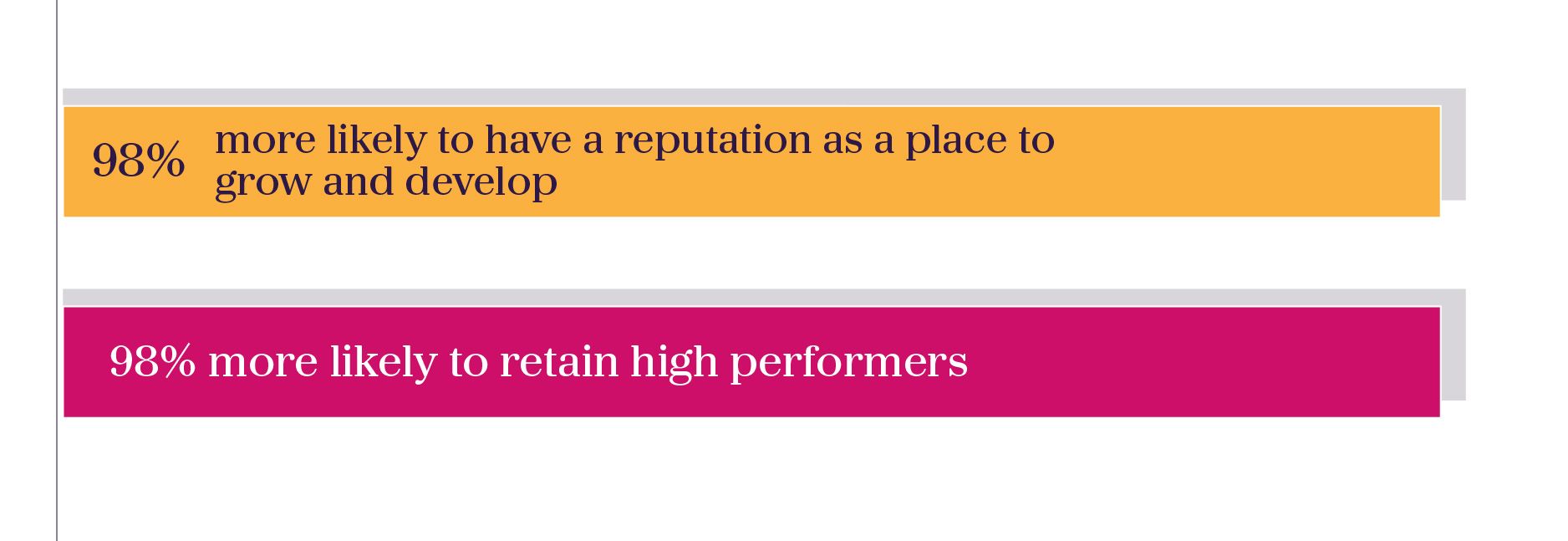
Here are some of the reasons businesses are seeing benefits:
1. Increased match between talent and business needs. Selecting workers based on skills rather than prior job experience and education has helped organizations better ensure that they have the right talent to meet their business needs – not just for “right now”, but for the future, too.
2. Organizational agility. When organizations understand the skills necessary to deliver work now and, in the future, and are aligned on the skills their workforce has, they can more quickly assess and move skills that are based on business priorities.
3. Improved workforce performance and productivity. With a skills-based approach, organizations can better tap into all the skills a worker has – not just those they currently use in a specific job.
What’s more, businesses can better nurture and develop in-demand skills, and move talent with the right skills to where they are needed most.
4. A sense of belonging. When work is structured around skills, employees can put their specific skillsets, strengths and interests to use around the organization, bringing them closer to business strategy. This can help breed a strong sense of belonging and loyalty.
5. Built-in diversity. A skills-based setup means DEI is more than a catchphrase. It allows organizations to make more equitable decisions based on an employee’s full range of skills, rather than their job description. Shifting the focus to value skills more than experience, education, or previous workplace, helps to avoid biases against certain talent groups – for example, candidates or employees who did not attend university.

If we can shift our focus, or broaden our lens, from jobs to skills, we’ll find workers have more in common than we think.
Nicole Brender a Brandis
Head of Strategy Consulting, Talent Advisory, Americas, AMS

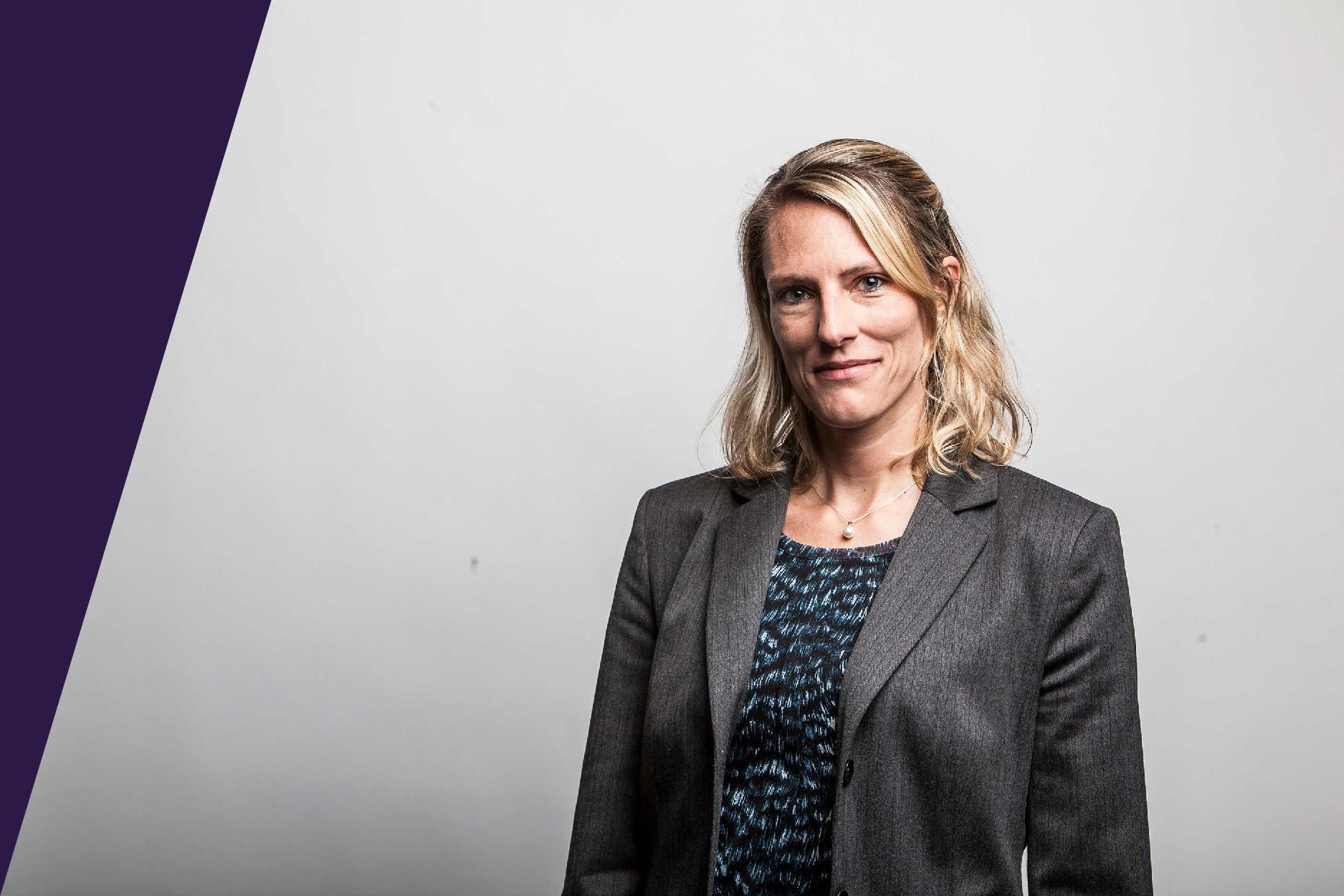
Deep knowledge of the skills that make people successful across a broad range of strategic work, as well as understanding adjacent skills, opens doors to new talent pools and ultimately leads to a better match between talent and business needs.
Kirstin Schulz
Head of Strategy Consulting, EMEA, AMS

A journey, not a switch, for TA teams.
Until now, leadership and development teams have been leading the charge when it comes to skills-based approaches. But talent acquisition teams have an opportunity to move the journey to the next level because of their unique position as gatekeepers for candidates at the start of their journey.
Forward thinking TA teams are already starting to embrace skills-based hiring. According to LinkedIn, recruiting professionals are 25% more likely to search by skills than they were 3 years ago and 75% predict skills-based hiring will be a priority for their company in the next 18 months.
Having said that, only 64% feel they can accurately assess candidates’ skills today. So, there is still some way to go for some organizations.2

To implement skills-based hiring effectively, day-to-day TA work itself needs to undergo a transformation. Of course, this level of organization change doesn’t happen overnight. Key pillars of TA teams’ processes (such as job descriptions, for example) cannot simply be removed with no alternative in place. But steps can be taken to move TA teams along the journey towards a skills-based approach. Rethinking how they source, interview and ultimately think about talent is the key.

Nicole Brender a Brandis
Head of Strategy Consulting, Talent Advisory, Americas
TA teams have a fundamental part to play in building the blocks to a skills-based future. They can help this come alive at an organizational level by influencing the conversation and shifting the business to a skills-based mindset.

Kirstin Schulz
Head of Strategy Consulting, EMEA
Recruiters are the shop window to the external market. But it’s the infrastructure that sits behind them that needs to enable the recruiters to be able to hire for skills.

Skills-based hiring success.
Working in conjunction with this crucial mindset change, there are a multitude of levers that can broaden TA’s approach to skills-based hiring. From building a skills-driven model for sourcing and attraction to creating ‘strategic skills teams’ that purely focus on sourcing and engaging talent with business-critical skills.
One of the most impactful actions that TA leaders can take is to train recruiters to better understand adjacent skills and shared skillsets across different role types or functions and really break down siloed ways of engaging talent. This puts TA in the driving seat to completely shift the conversations with Hiring Mangers – away from experience towards skills, challenging long-held assumptions about what makes a strong hire.
12 levers to broaden TA’s approach to skills-based hiring
1. Have versus Learn
Determine which skills can be learned and evaluate the learning aptitude of potential applicants
2. Adjacent Skills
Source and screen based on skills, and train TA team to look for ‘adjacent skills
3. Identify Roles
Identify roles that have a shorter “shelf life” with rapidly changing skills (i.e. software developer) where agility is particularly critical
4. Reconstruct Job Descriptions
Re-construct JDs and job ads to highlight skills and capabilities over experience and education
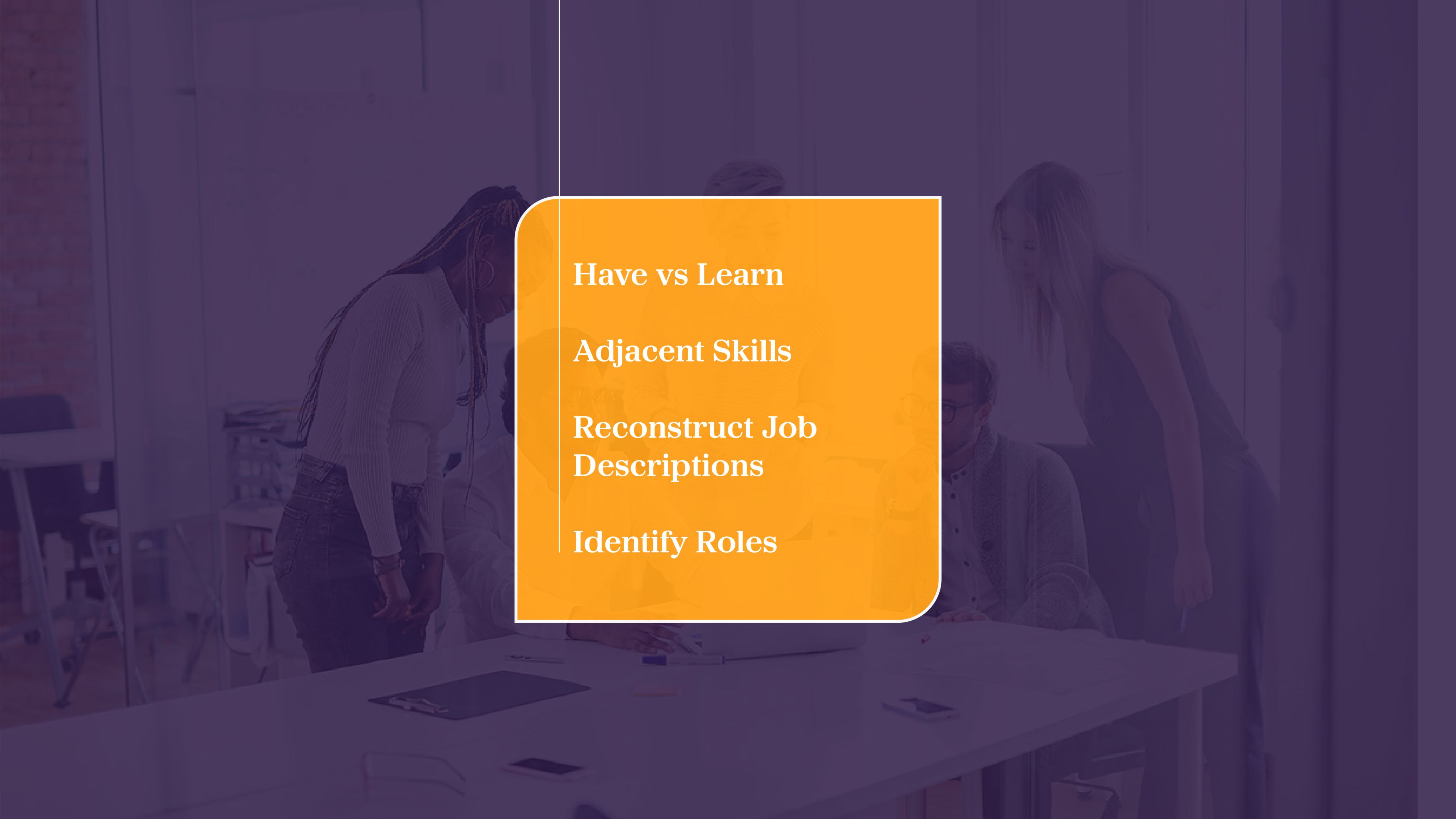
5. Bench Hiring
For critical skills, sourcing and hiring outside of specific open requisitions
6. Organization Structure
Set up the TA org to align to skills rather than function or geo’s (e.g. dedicated ‘strategic skills’ sourcing team)
7. Drive data collection
Amplify skills data collection on internal and external candidates
8. Technology
Use AI-driven technologies for skills-matching, candidate identification and shortlisting

9. Adjust Assessments
Amplify skills in assessment & interviewing methods
10. Talent Pools
Curate skills-based talent pools
11. Campaign
Run sourcing & attraction campaigns for skills rather than roles
12. Expand
Expand the roles that fall under the skills-based hiring framework
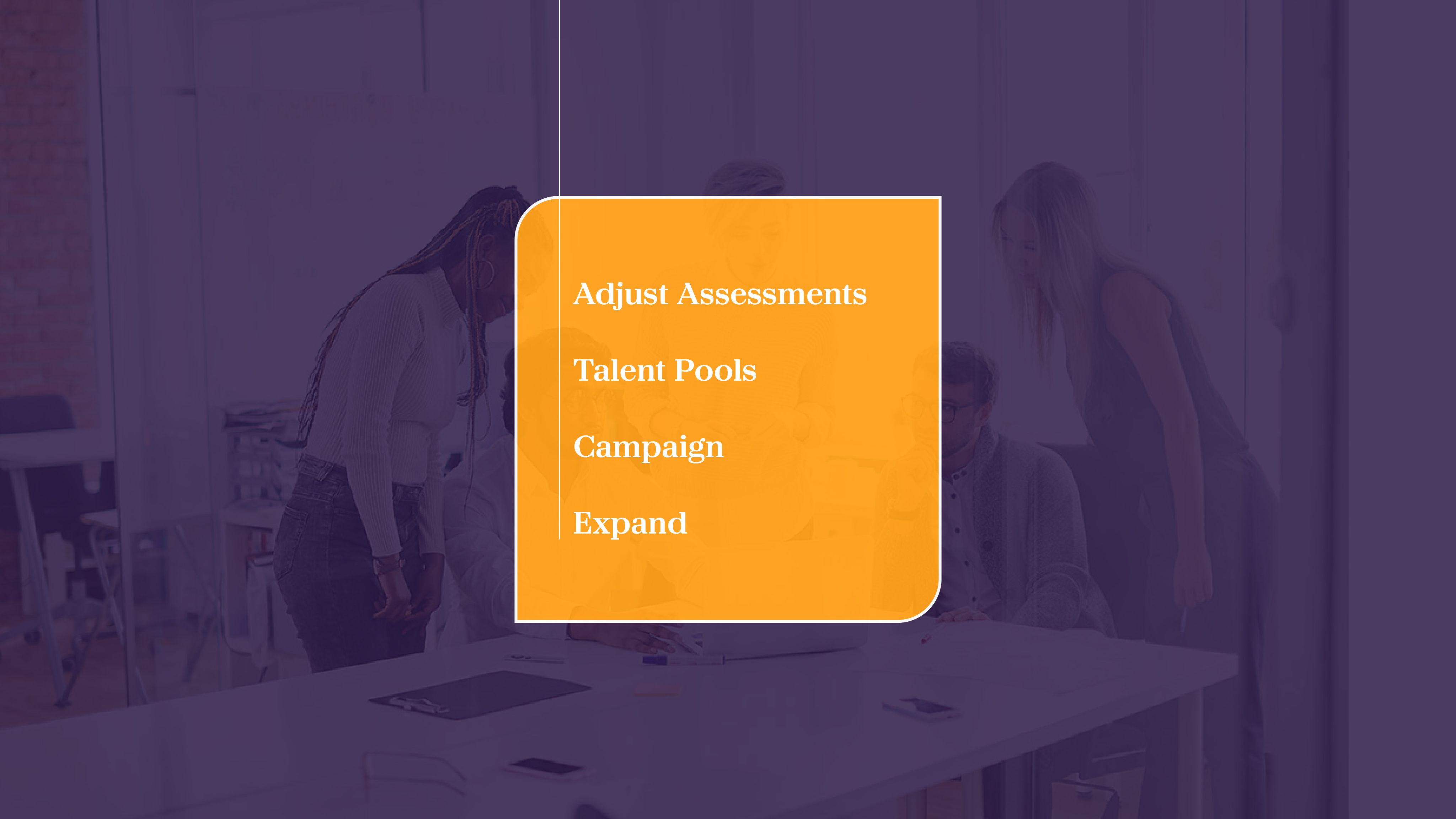

Nicole Brender a Brandis
Head of Strategy Consulting, Talent Advisory, Americas
In an incredibly tight labor market, your chances of getting a 100% fit are virtually non-existent. A candidate may not have A skill, but they have B skill, and their application of B is very similar in what you need to bring to this role to be successful. You may need to start thinking about talent with a slightly different lens - harnessing transferrable and adjacent skills.

Kirstin Schulz
Head of Strategy Consulting, EMEA
Train TA teams to be change agents within the business. Think broadly about what is underlining this capability, what skills are required for the role, and what adjacent skillsets with some training can be developed?




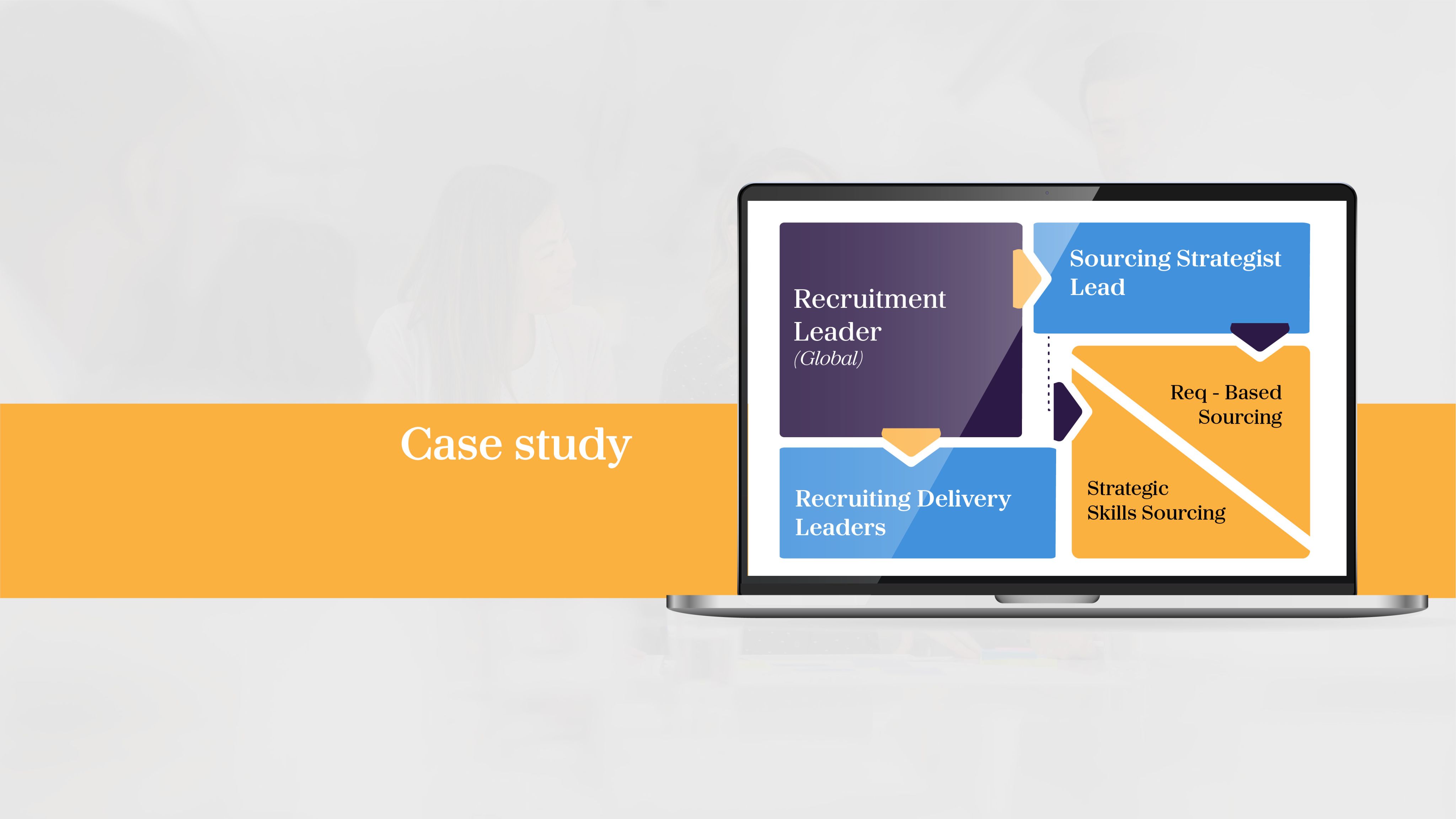

Case study: Shifting to a skills-based structure
Here's an example of how one TA team restructured to align to a skills-based approach by creating a ringfenced team for sourcing strategic skills
Making this change has enabled the organization to proactively build the talent pipeline for critical skills without interrupting the day-to-day work of regional teams and CoE functions.
Recruiting Delivery Leaders
(Regional or Division/Business Unit)
- Primary contact to Regional or Division/Business Unit leaders on all aspects of attracting/hiring talent
- Direct management of recruiters
- Dotted line oversite of req based sourcers
Sourcing Strategist Lead
(Global)
- Owns global sourcing strategy
- Integrates market insights into overall sourcing approach
- Identifies which positions need proactive sourcing support
- Coaches and mentors sourcing team
Req-Based Sourcing
(Regional or Division/Business Unit)
BAU Proactive Sourcing Team Candidate Attraction
- Proactive req-based sourcing support for reqs which lack quantity/quality
- Will leverage leads from talent communities and do other proactive outreach
Candidate Management
- Manage in-bound applicant experience
- Leverage technology for initial calibration
- Screen top candidates for submittal of recruiter long-list
Strategic Skills Sourcing
- Build and nurture critical skills talent communities.
- Talent mapping and targeted candidate outreach.
- Sourcing ahead of the need.
- Proactively present hot leads for the business to participate in the nurturing process
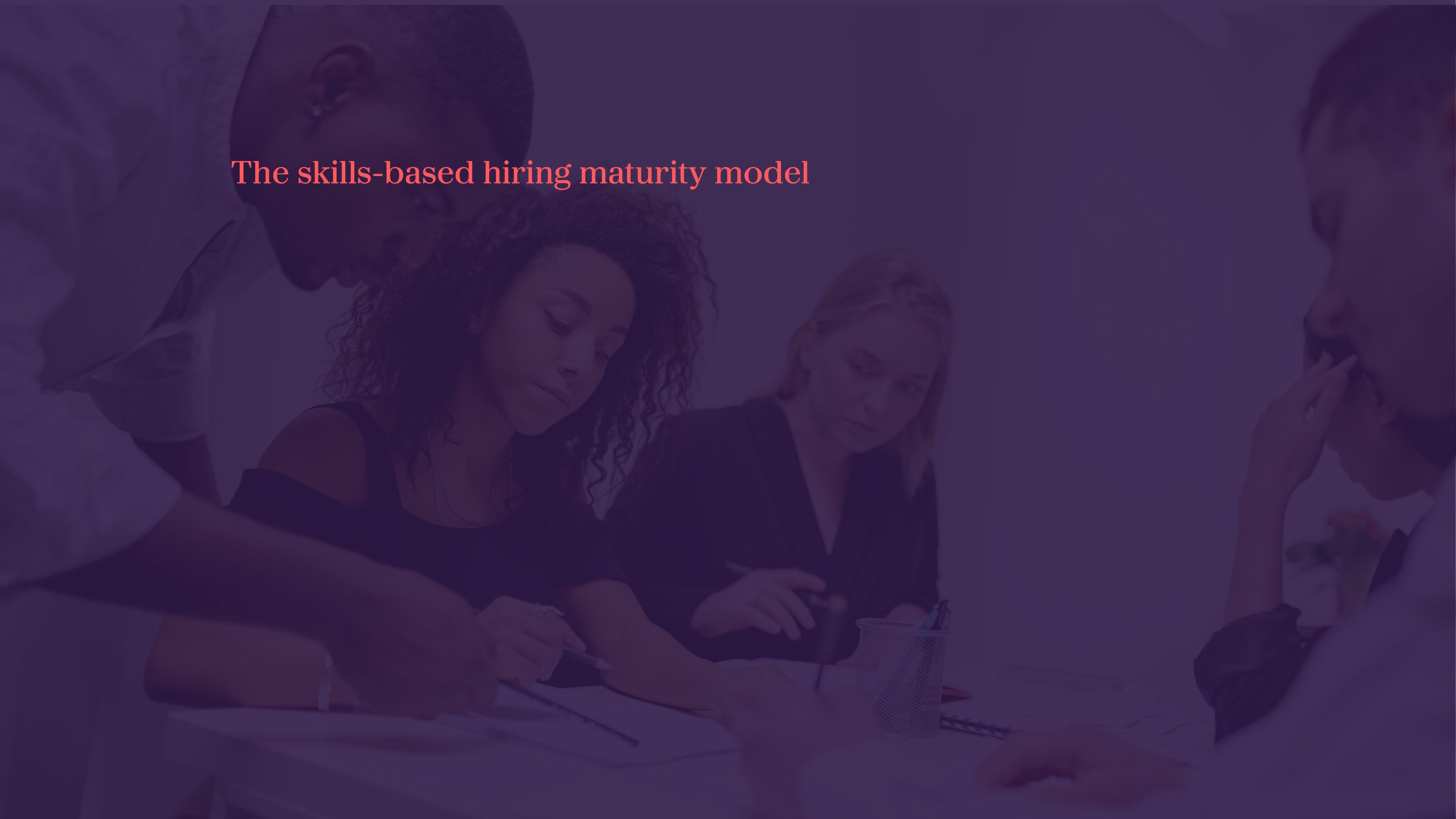
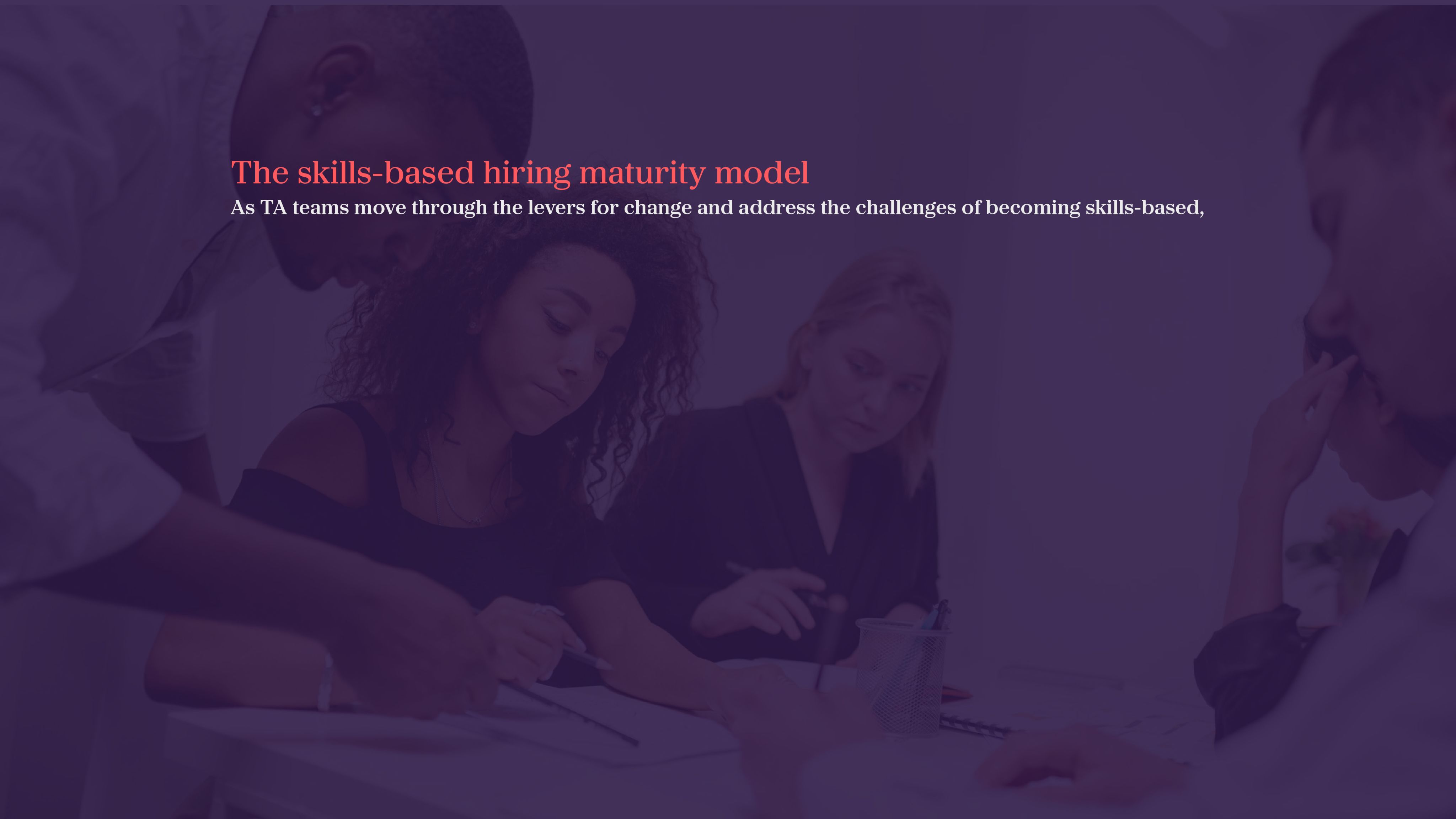
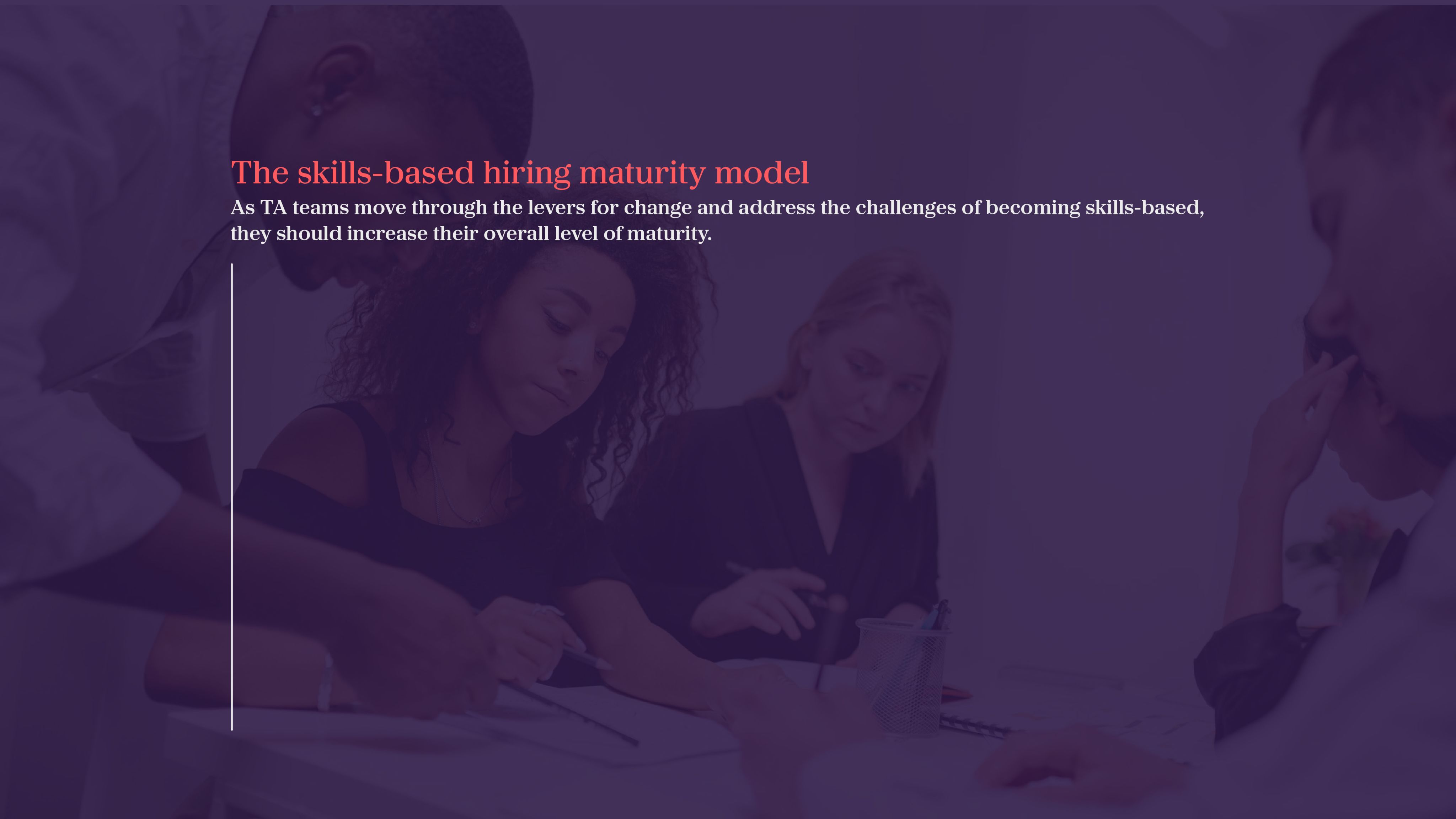
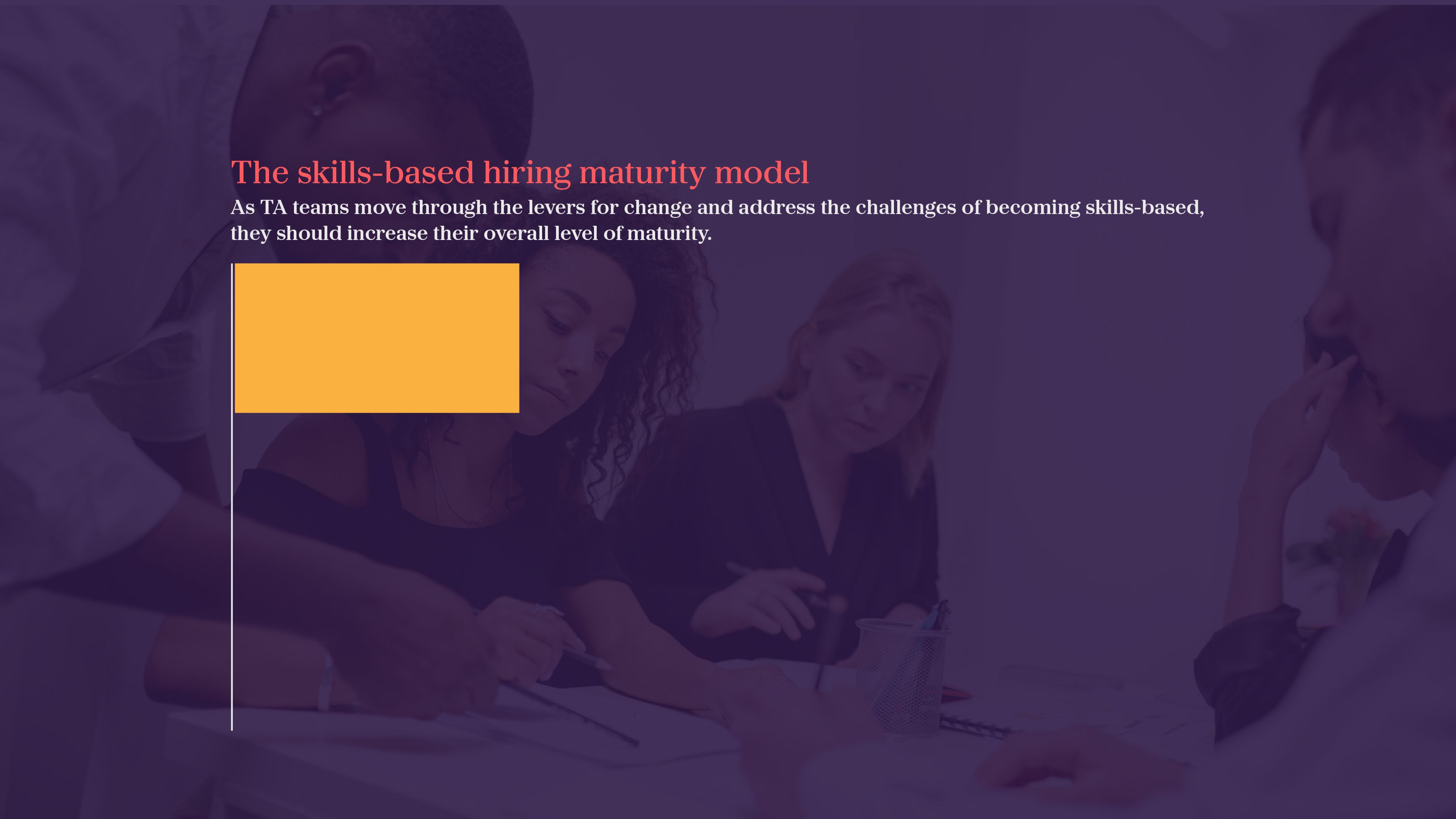
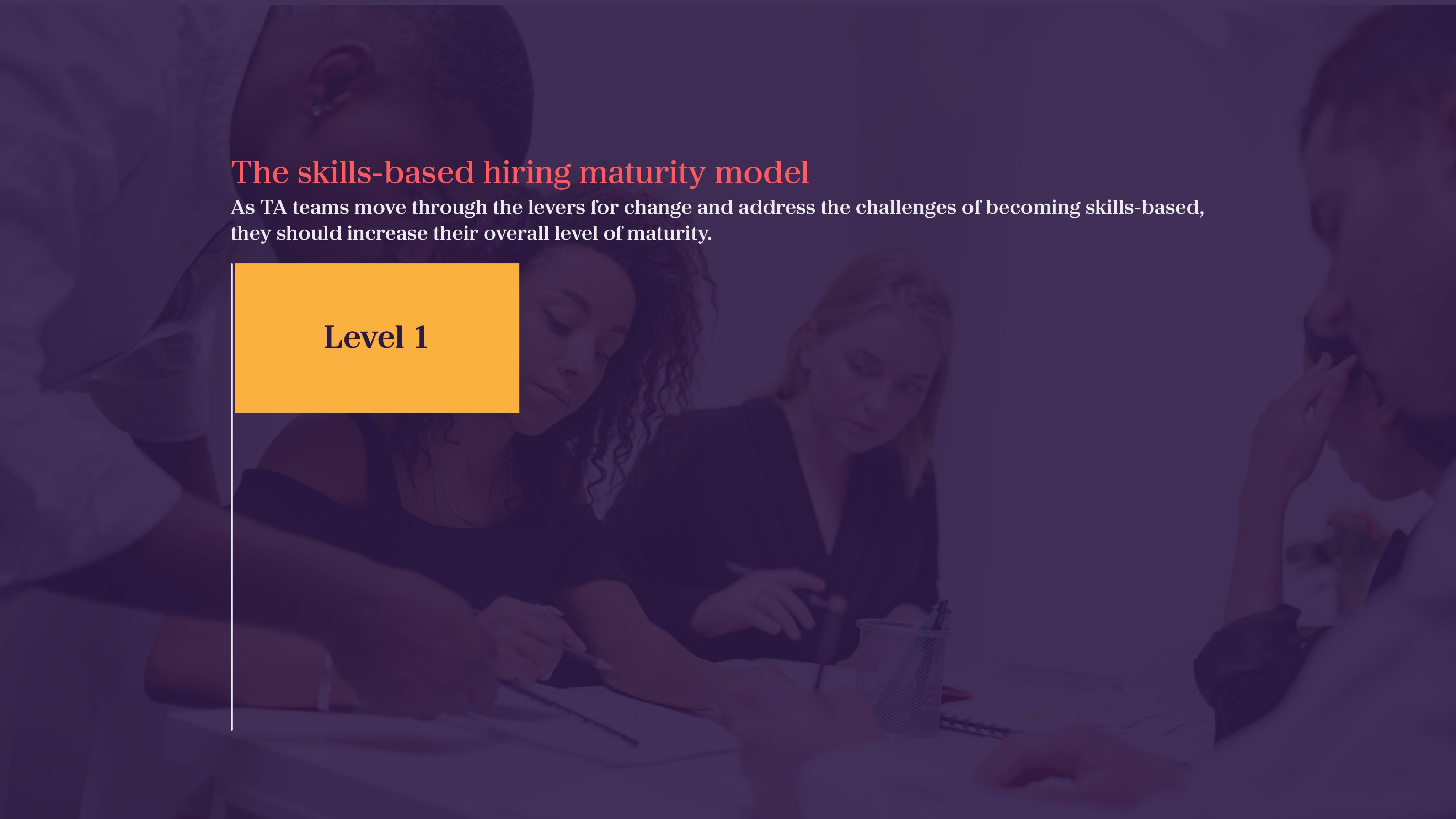
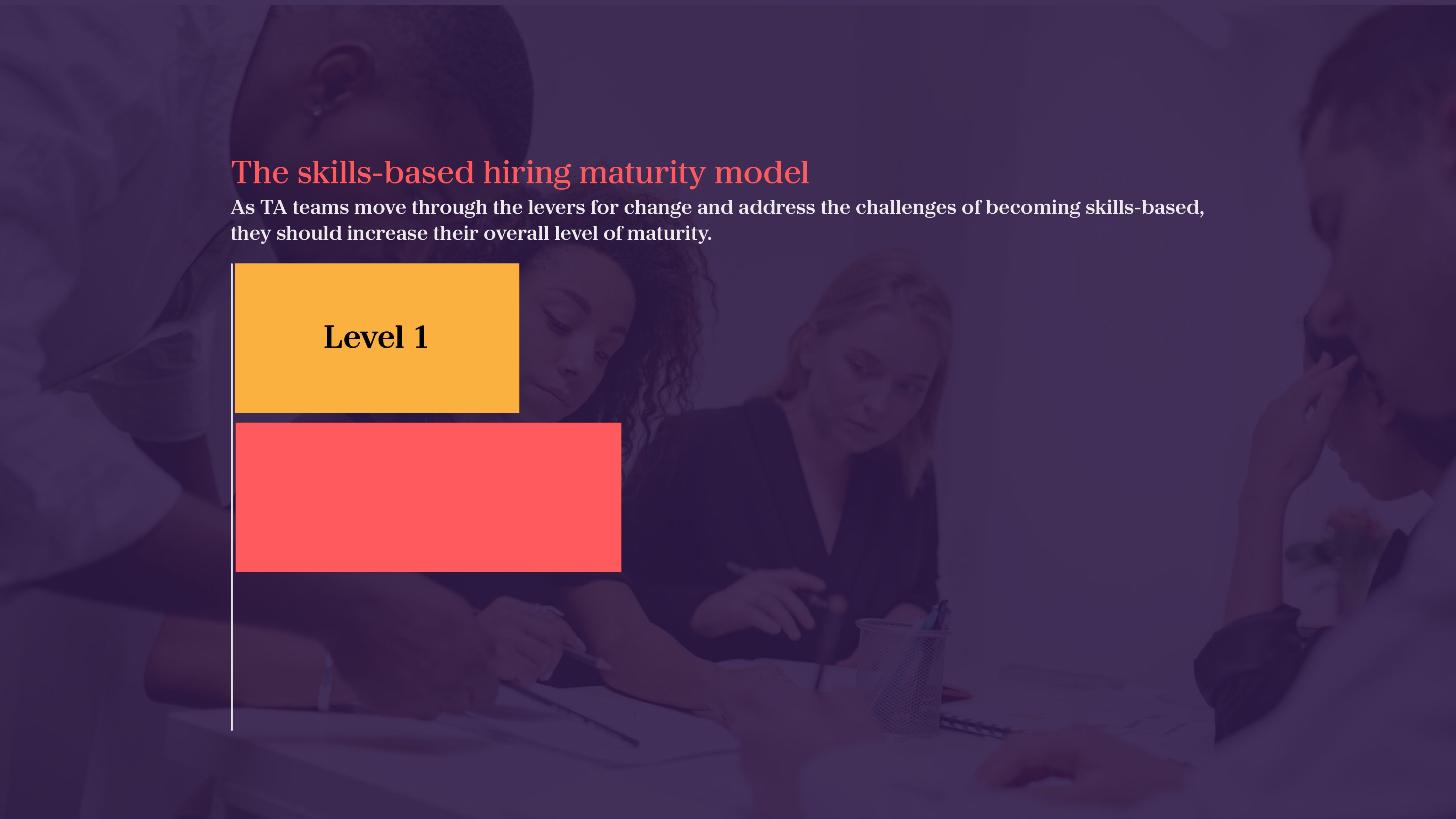
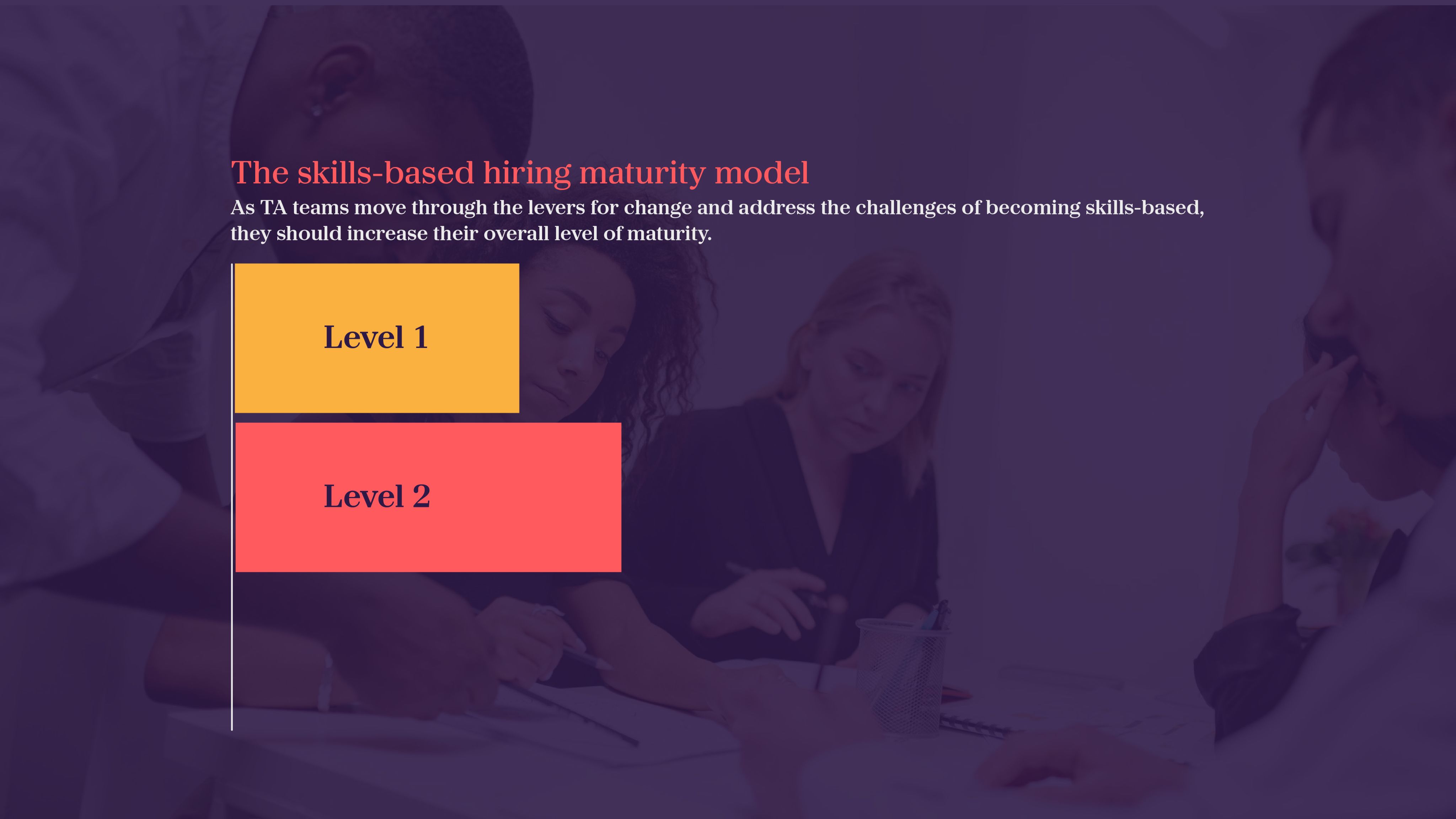
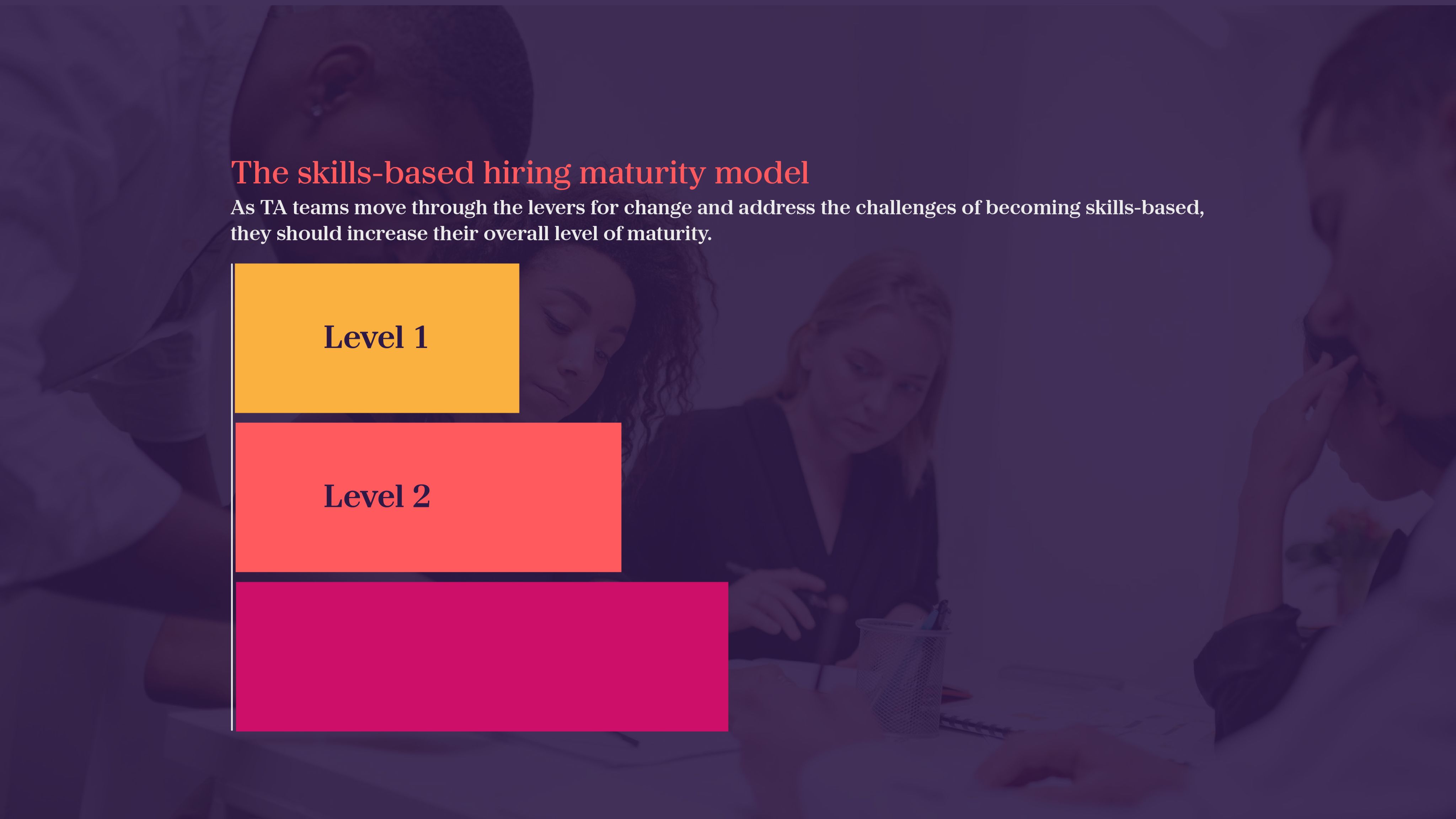
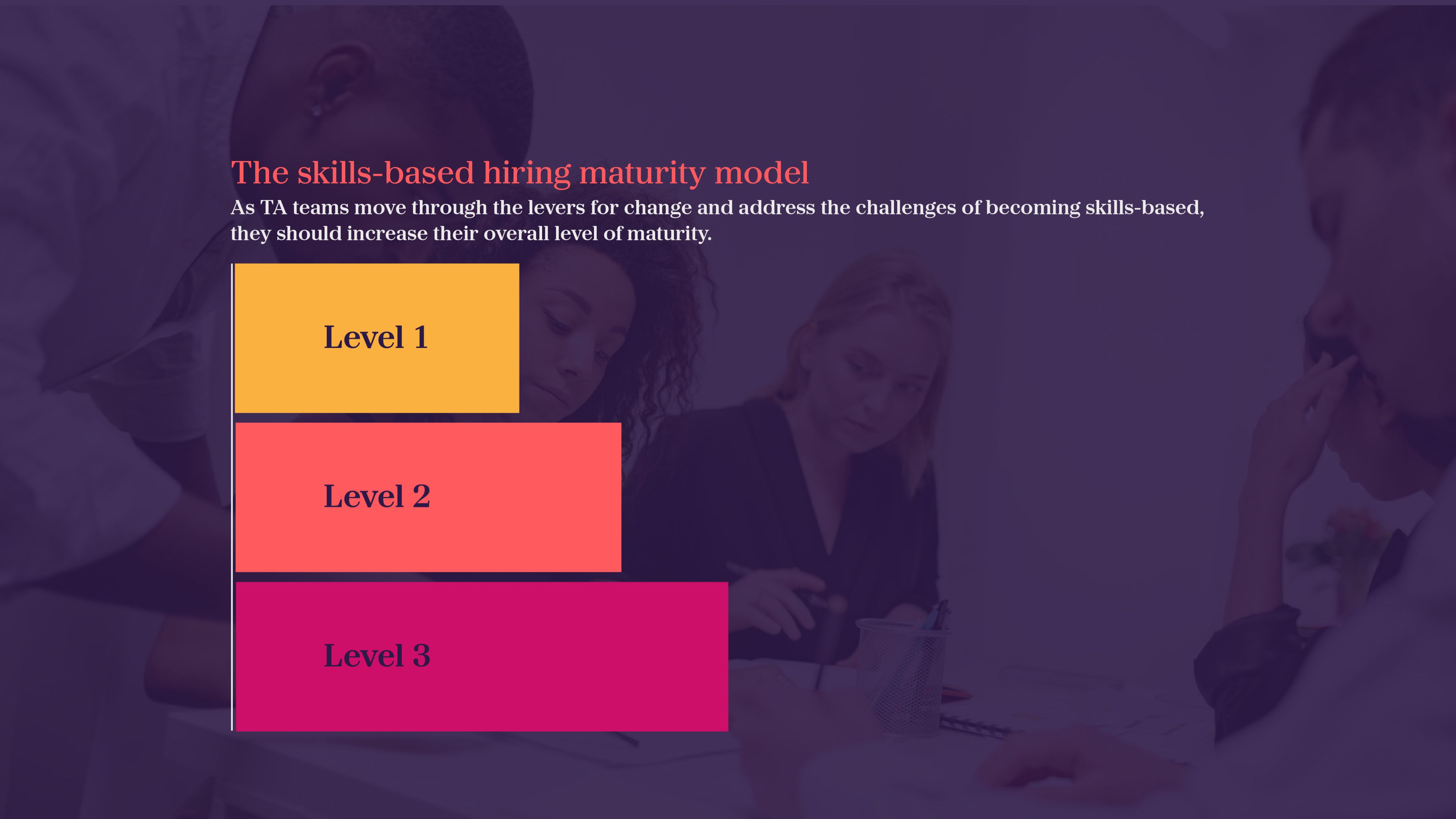
Level 1
- Emphasis on experience & education
- Some openness to consider candidates with transferable skills
- Limited cross-functional internal moves
- No intelligent skills-matching in place
Level 2
- Skills & capabilities reflected in JDs, job ads and sourcing approach
- HMs and Recruiters well versed at identifying (transferable & adjacent) skills
- Expansion of roles that fall under the skills-based hiring framework
- Go-to-market strategy based on skills, not individual roles
Level 3
- TA TOM (structure, technologies, processes) reflect skills approach
- ‘Always on’ sourcing and hiring for critical skills
- Well-established adoption of AI-driven technologies for skills-matching, candidate identification and shortlisting
- Internal and external hires reflect breadth of cross-functional & industry backgrounds
- Deep integration of TA and L&D/up & reskilling
- Expansive skills data collection on internal and external talent
Conclusion
A skills-based future?
Today’s talent market is tougher than ever – from the uncertain economic climate and changing demographics, to a global skills shortage. To combat this, businesses can’t simply stick to the same old, same old. To survive and thrive in this next chapter, innovation has become a necessity.
A skills-based approach offers a new path to a more optimized, efficient, and agile business – a journey in which TA teams can play a significant role. TA has the chance to lead the way and play an instrumental role in bringing about skills-based change, but effective transition will take time and affect the very core of how they contribute and support the business. Ultimately, it is one that can’t stop with them.
To secure the best and brightest minds and fulfil both current and future staffing needs it’s time to link TA and cross-functional teams to a skills-based future.
Consider:
- How to understand and connect to wider organizational skills-based initiatives, and align all efforts to a clearly stated purpose, objectives, and success metrics.
- How to currently attract, source, and hire talent and where processes could be adapted – for example, in bench hiring for certain skillsets – to demonstrate skills-based success.
- How to start small, such as selecting skills that have an obvious intersection among several roles.
- What technologies are available to accelerate efforts – and where change management and comms are required to gain buy-in and adoption.
At AMS, we are the go-to partner for enterprises looking to transition their Talent Acquisition capability into a skills-based model. From tech assessments, building a skills architecture, advising on and implementing the right technologies, reconstructing and redesigning how to write job descriptions, to supporting a skills-based organizational strategy, we can help businesses navigate this complex new chapter.
We support world-leading organizations to reimagine their talent strategies and the world of work.
Are you ready for a skills-based future?
_________________________________________
[1] Deloitte, Moving your organizational strategy from jobs to skills, 2022
[2] LinkedIn, Future of Recruiting 2023
